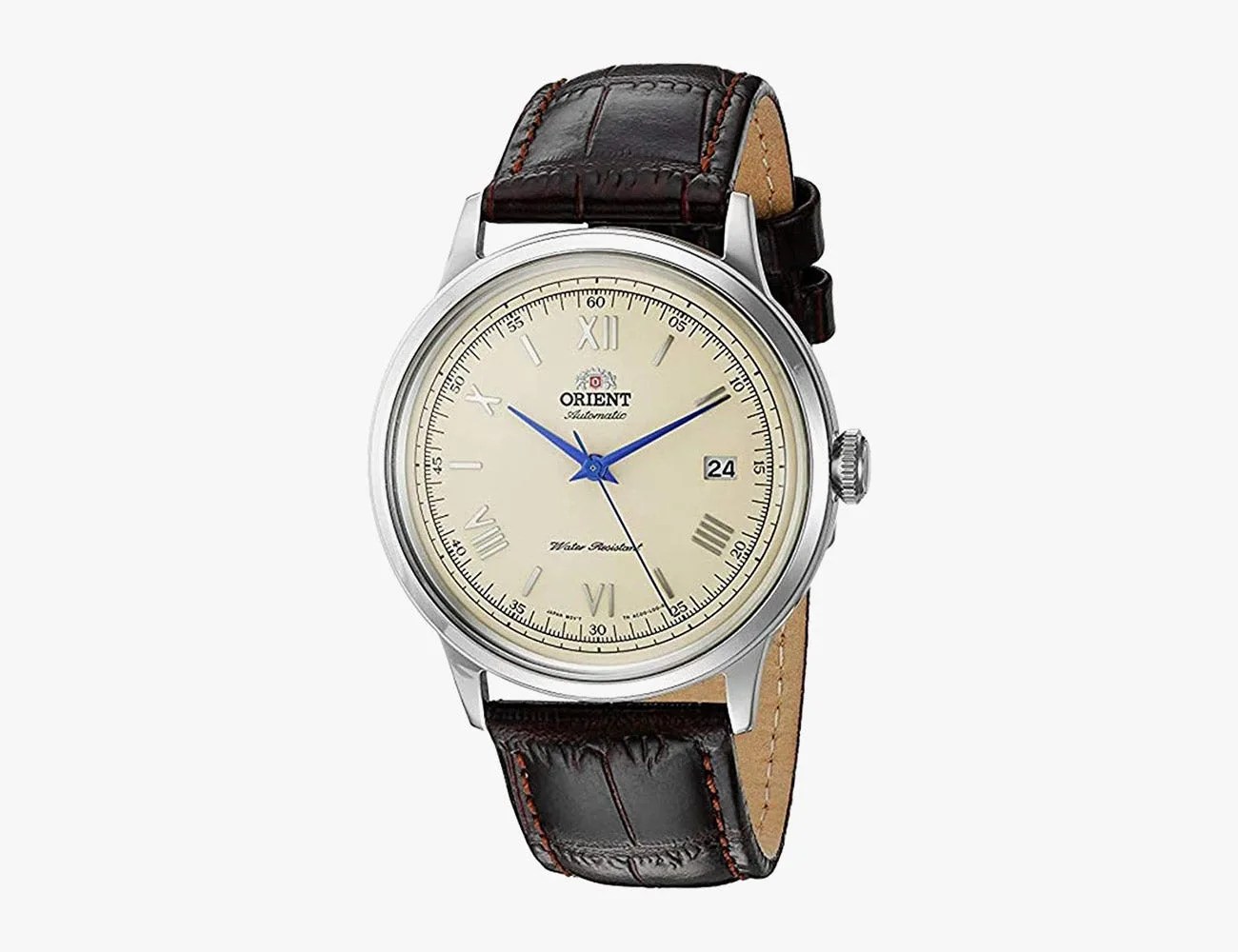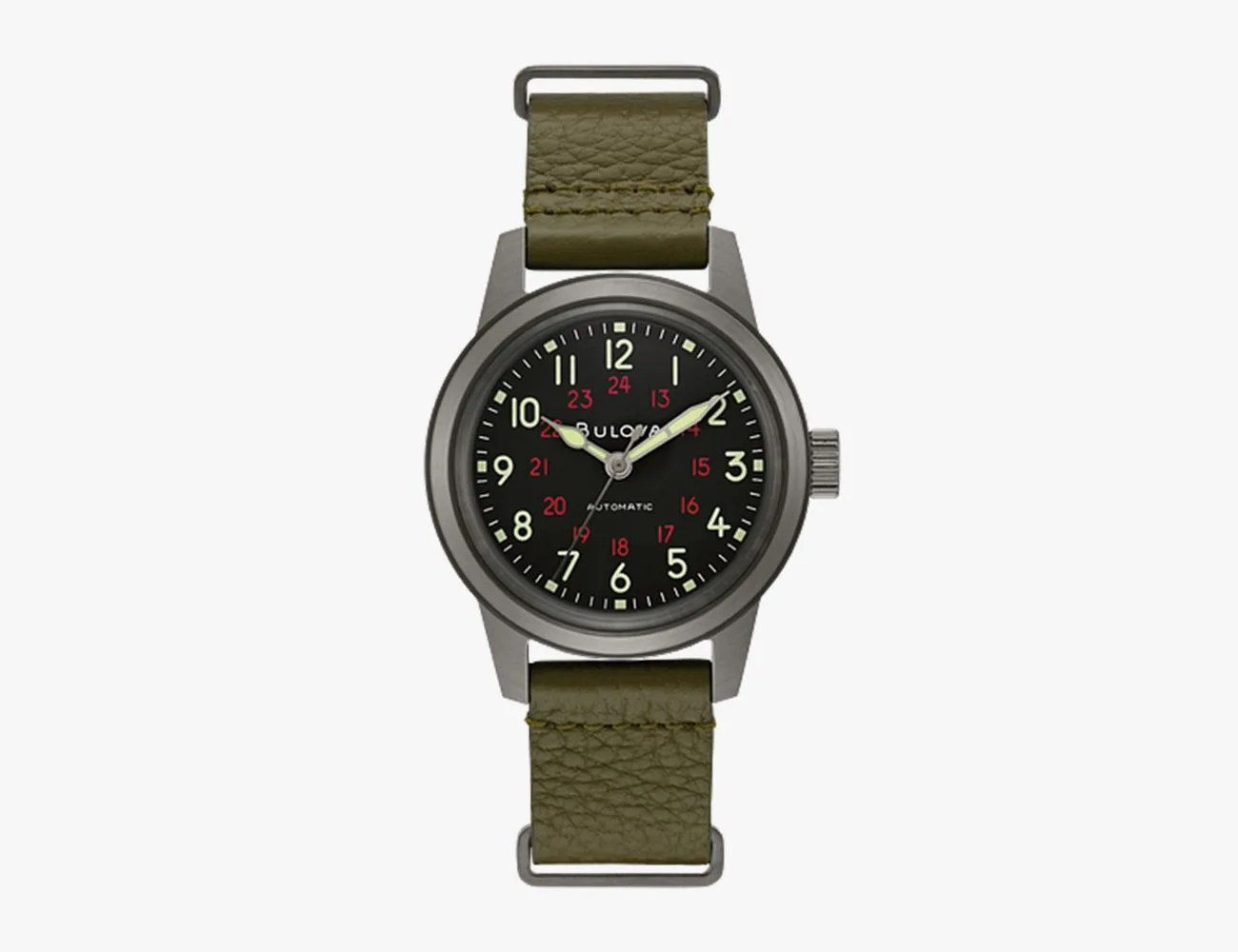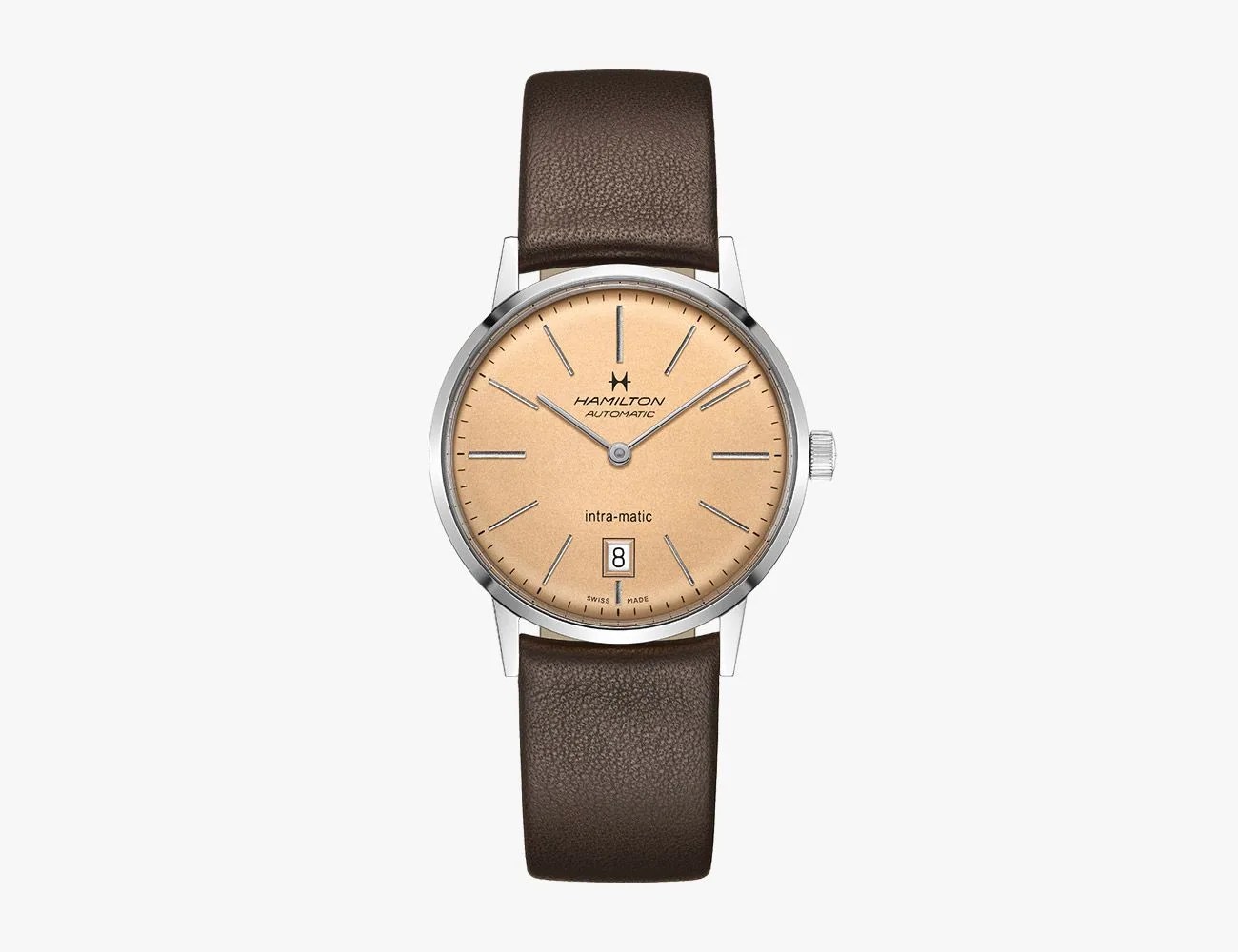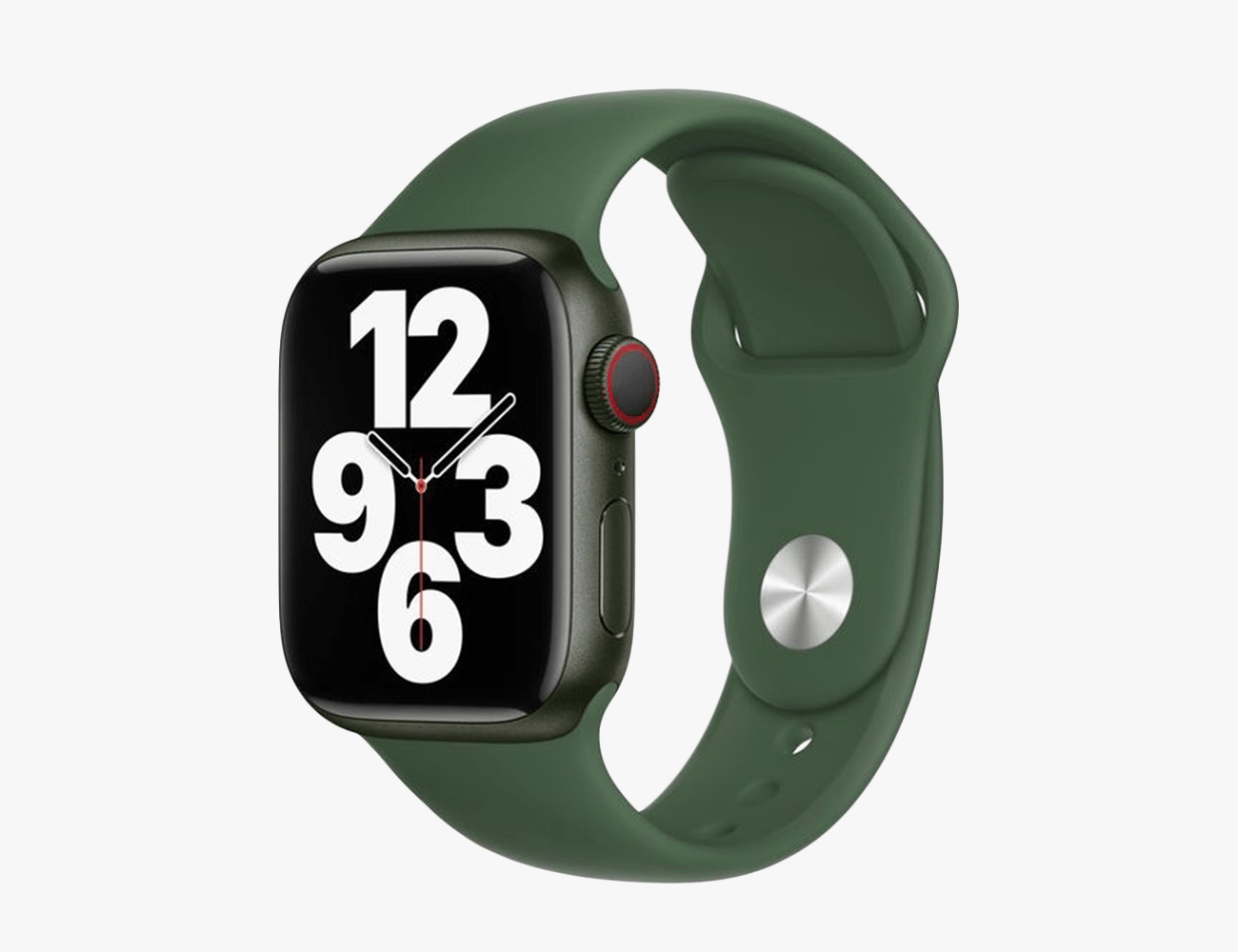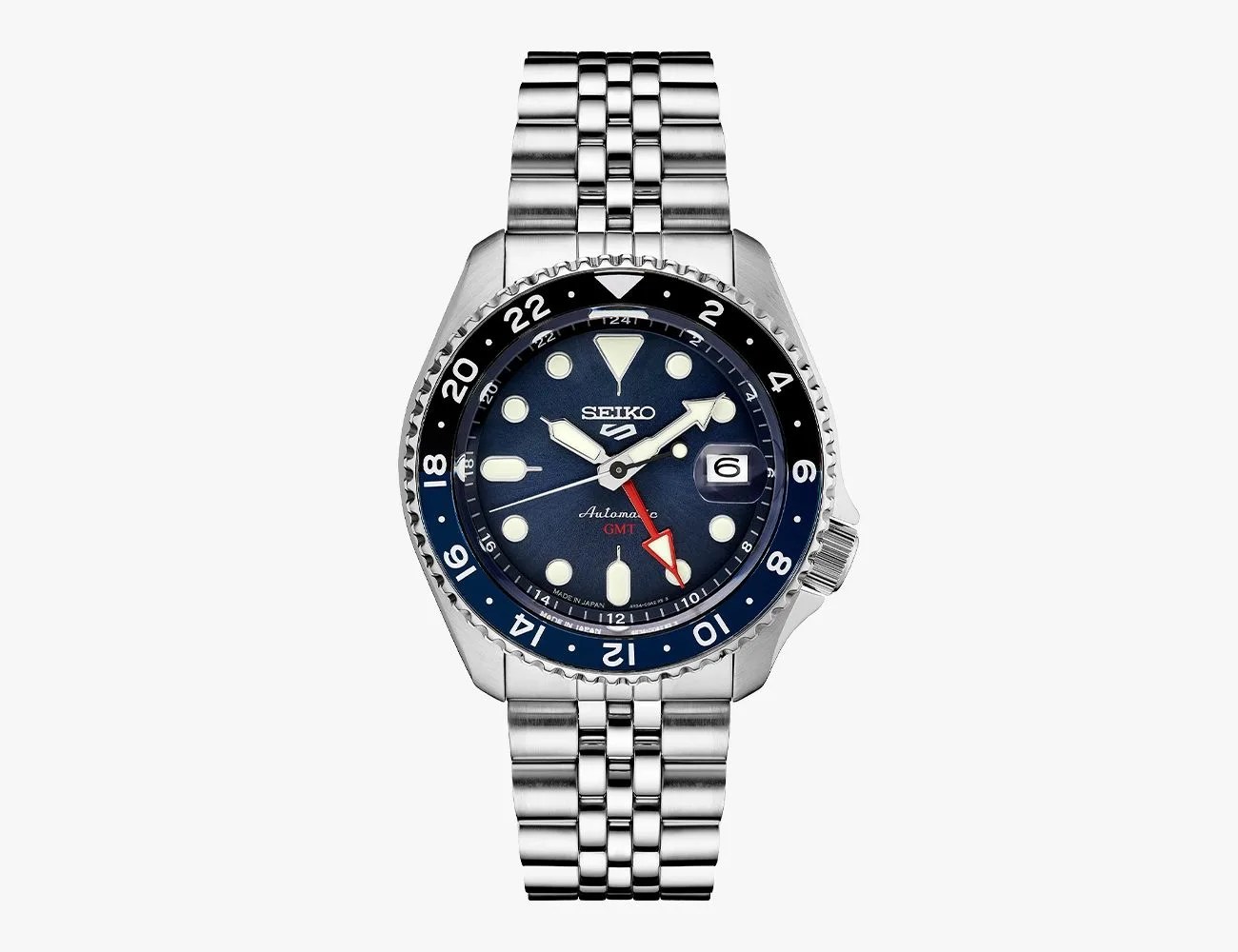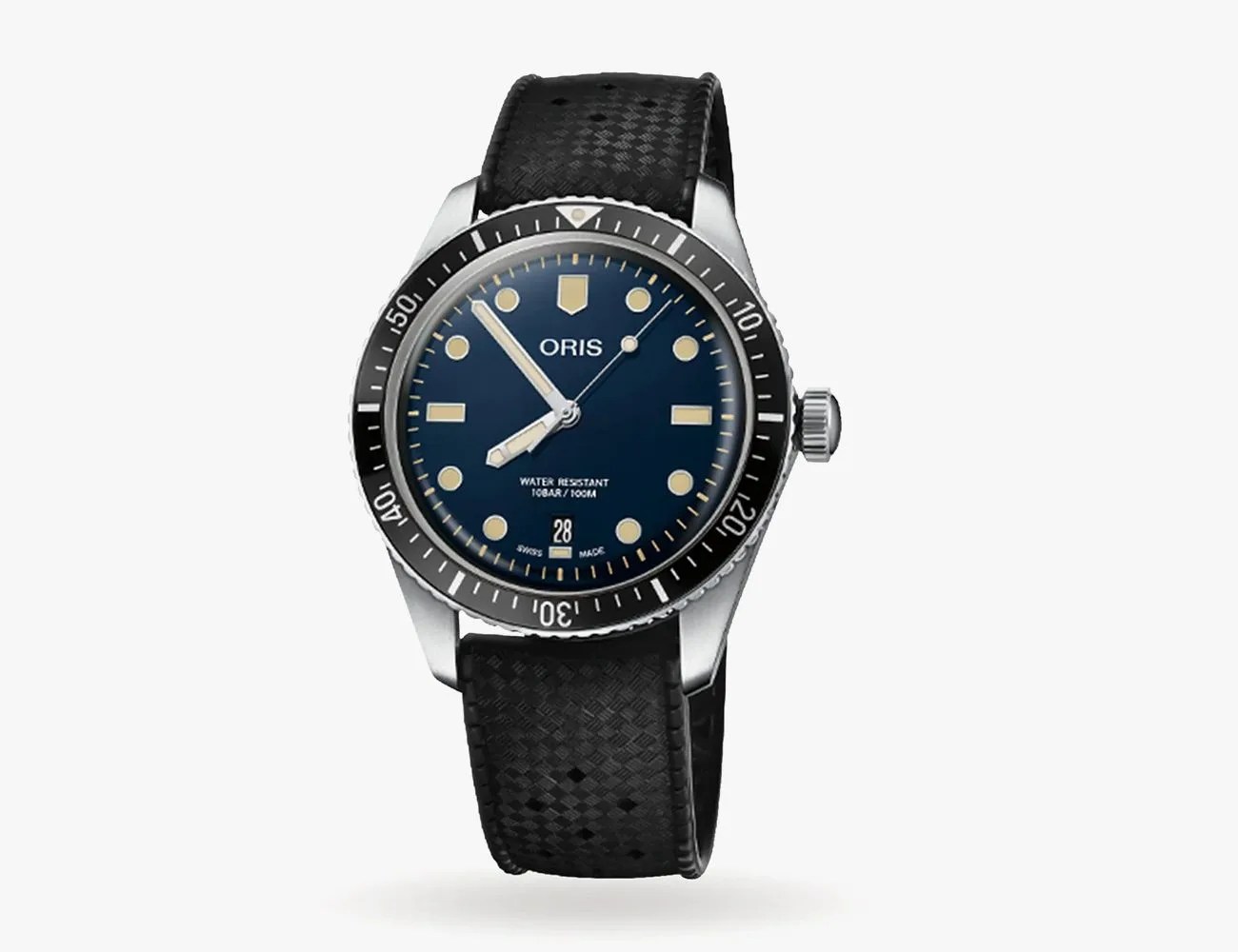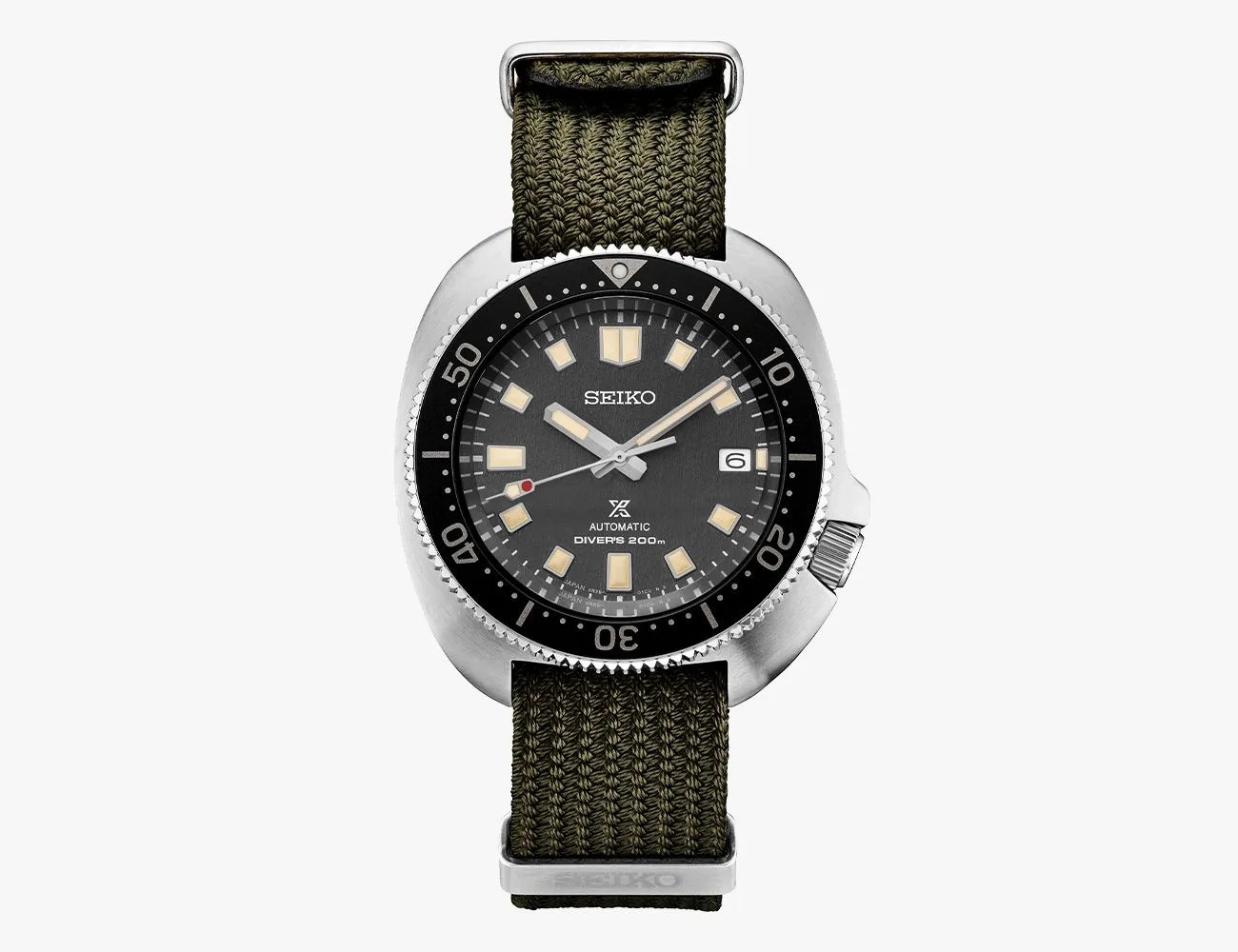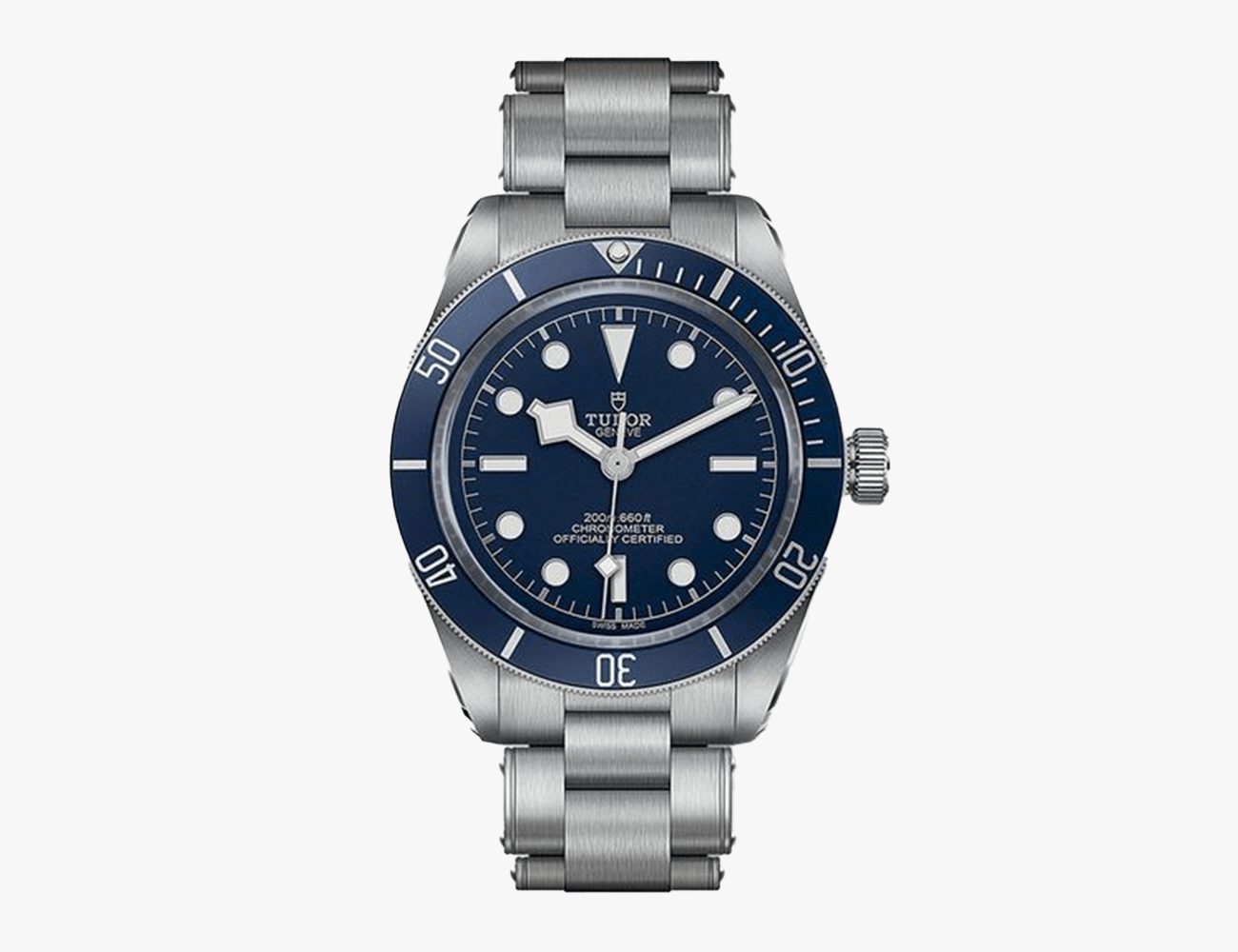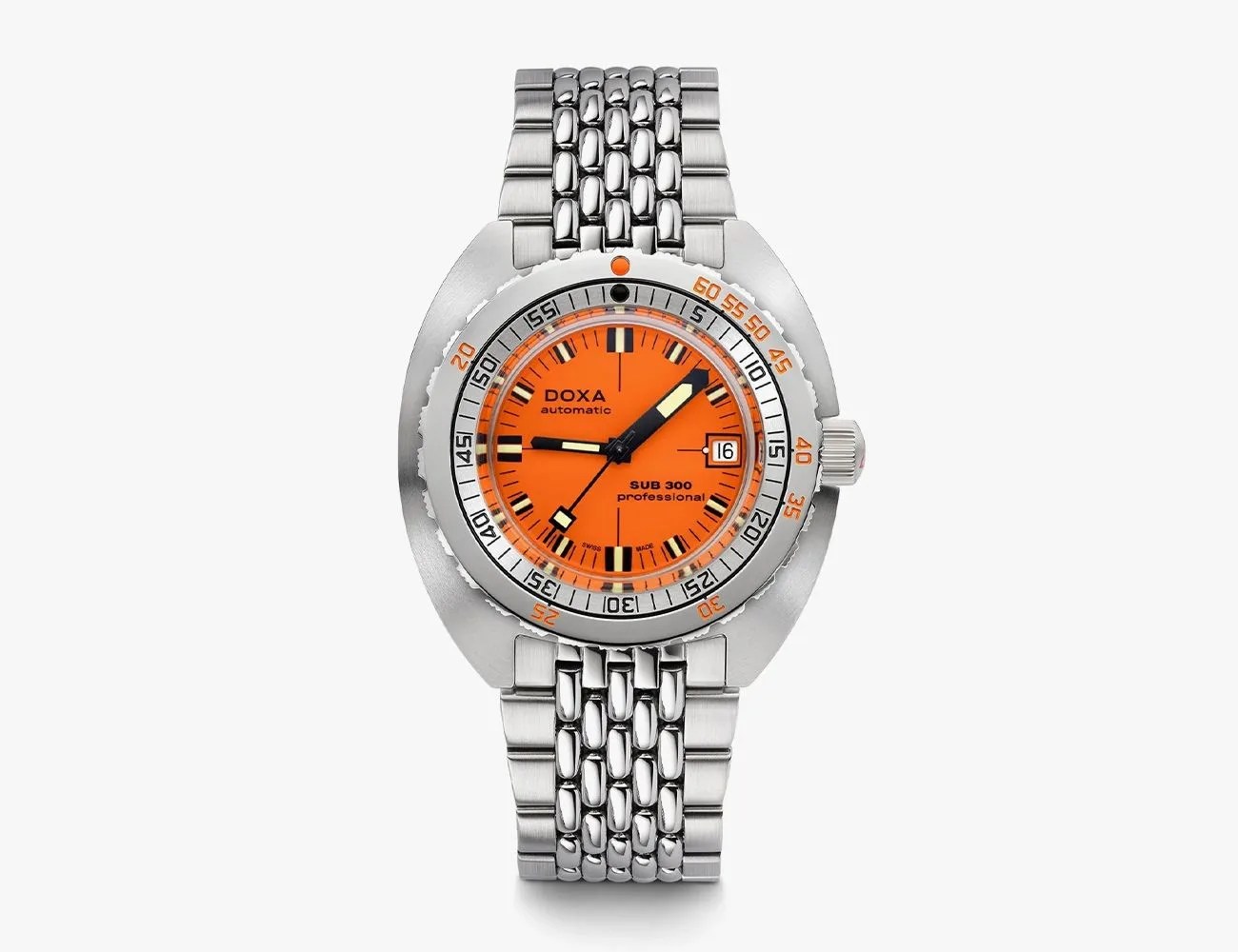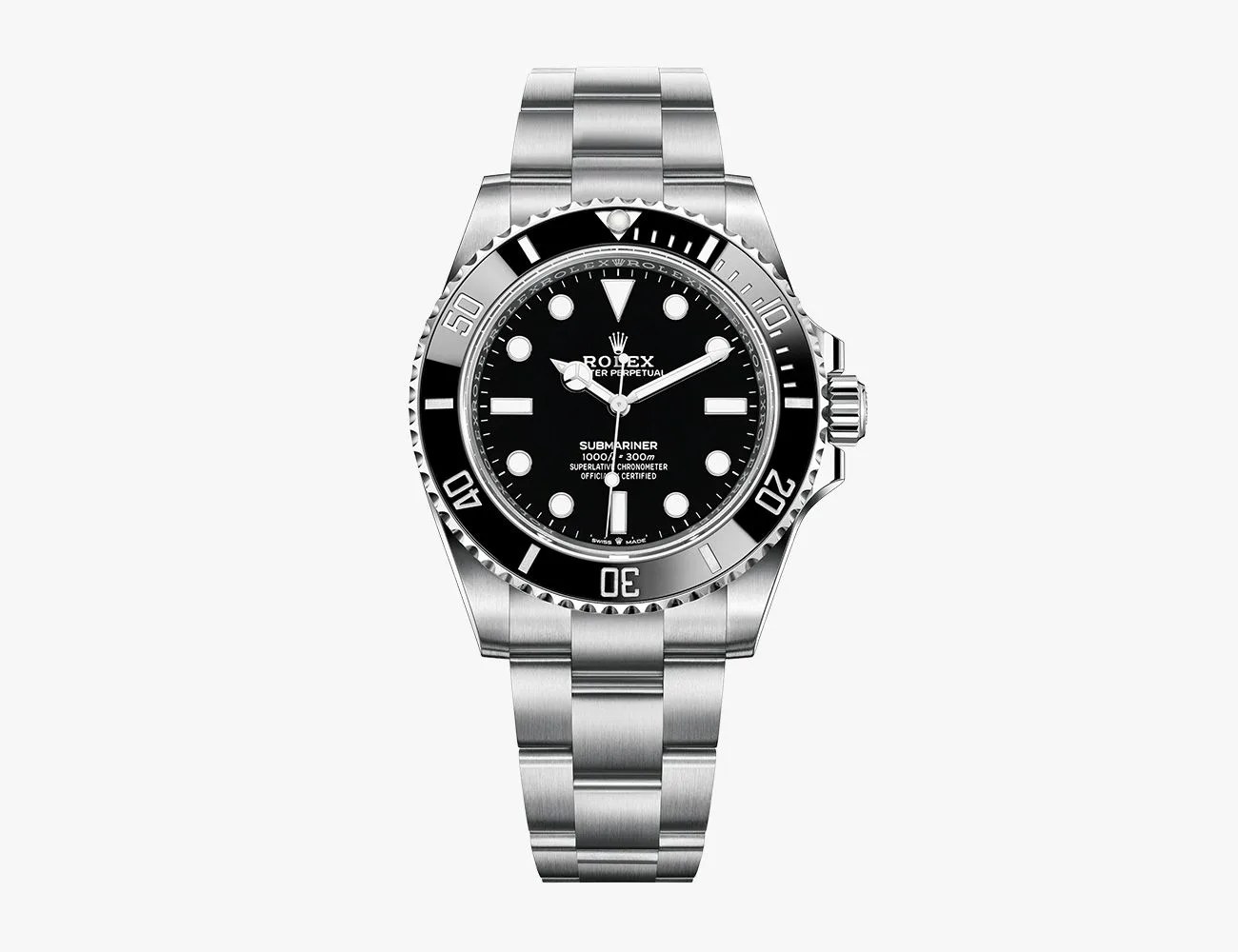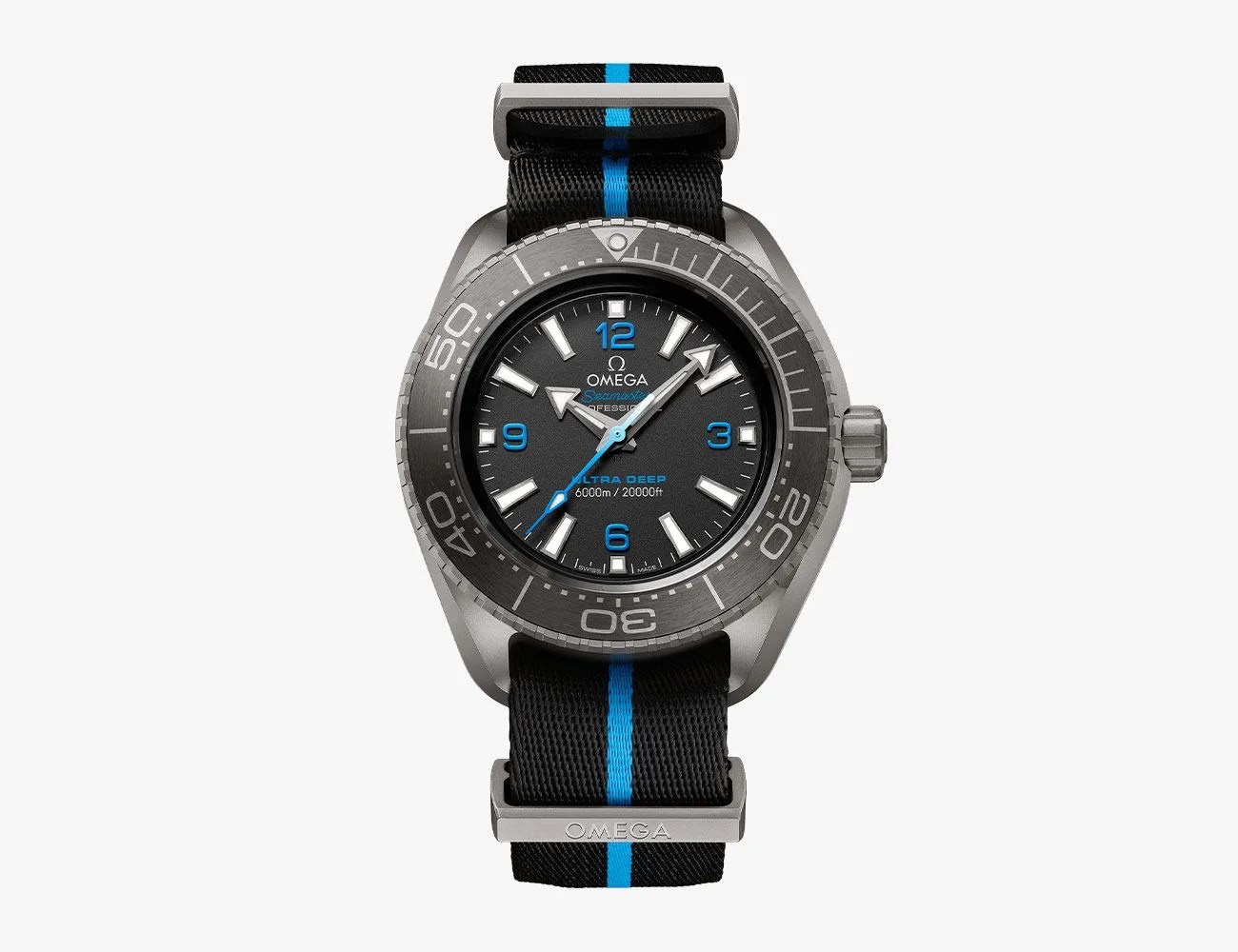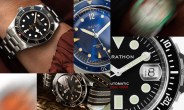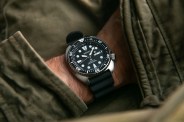There was a time when water was like kryptonite to watches. Any got inside the case and, well, the delicate little system of gears inside was more or less screwed. Nowadays, there are many watches you can even take swimming or diving, and it’s pretty reasonable to expect that you shouldn’t have to worry about your watch in the normal conditions you face day to day — including wet ones.
While many watches are built to handle water, how wet a watch can get is a matter of degree — rather than an absolute quality of either “waterproof” or not. This is why watch companies are careful to use the term “water-resistant” instead of “waterproof.” Perhaps some prototype watches like Omega’s Ultra-Deep qualify as waterproof for all intents and purposes: it was tested to withstand 15,000 meters worth of water pressure, while the deepest known point in the ocean is 10,984m.
That’s not the kind of watch you can buy, though — and even if you could it’s a pretty unwearable 52mm wide and 28mm thick. What you want is a watch that’s easy to wear, that you like and that you don’t have to worry about getting wet. The good news is that whether you’re a professional diver or generally just don’t want to worry about your watch getting wet, there are great options at every level. The not-so-good news is that the way most watch companies label their watches’ water resistance isn’t always so clear to the general consumer.
Products in the Guide
-
Orient Bambino
Read more -
Bulova Hack
Read more -
Hamilton Intra-Matic Auto
Read more -
Apple Watch
Read more -
Seiko 5 Sports SKX Sports Style GMT
Read more -
Oris Divers Sixty-Five
Read more -
Seiko Prospex SPB237
Read more -
Tudor Black Bay Fifty-Eight
Read more -
Doxa Sub 300
Read more -
Rolex Submariner
Read more -
Sinn U50
Read more -
Omega Seamaster Planet Ocean Ultradeep
Read more
Can I swim or shower with my watch?
You can learn more about what water resistance ratings mean here, but here’s what you need to know. Water resistance ratings usually refer to water pressure, and that’s measured in “bar” or its equivalent depth in feet or meters. So, a watch that’s water-resistant to 3bar is the same as one that’s rated to 30m or about 100ft. (Meters being the most commonly used unit.) That sounds pretty deep, but those ratings refer to controlled environments and water pressure is only one of the variables to consider before swimming with your watch.
Since gaskets can degrade over time and other factors like salt water can make a difference, most watchmakers will clearly tell you not to take a 30m water-resistant watch swimming. Sorry to break it to you, but 30m is typically equated with “splash-resistant” and is mostly relegated to dress watches. A 50m water-resistant watch is still better, but personally, I avoid swimming with, submerging or otherwise getting very wet (like showering) with any watch rated to less than 100m.
Get yourself a 200m or 300m water-resistant dive watch, though, and you can go nuts. Shower or explore sunken wrecks with it: no problem. Because water resistance is often read as a proxy for overall durability, many watchmakers have even created watches that are rated to go far deeper than any human being possibly could.

